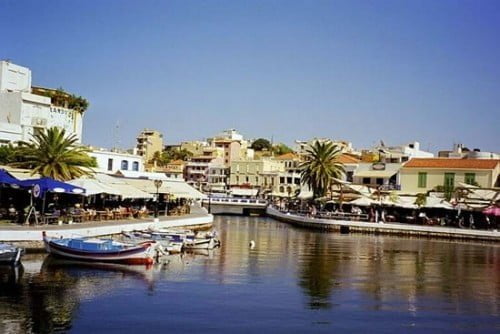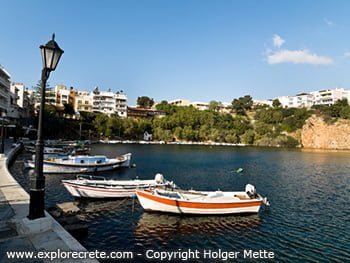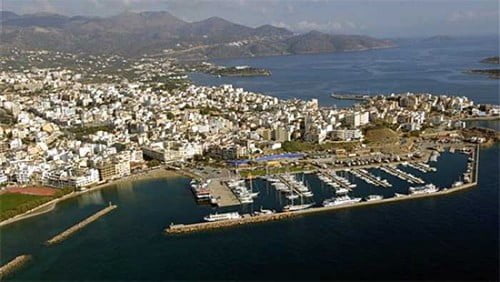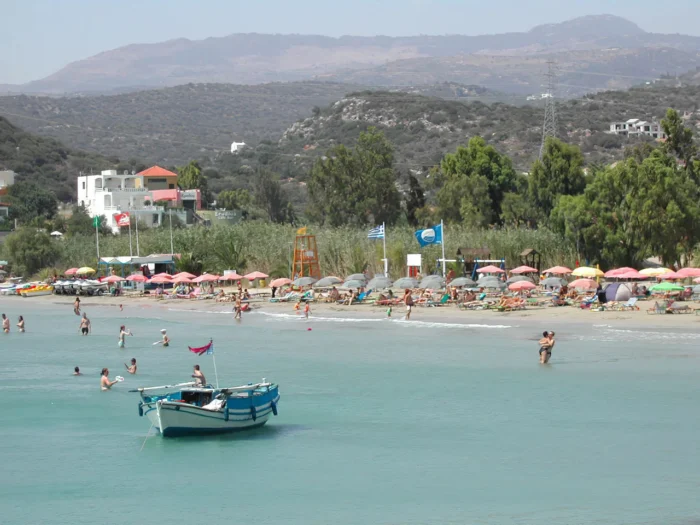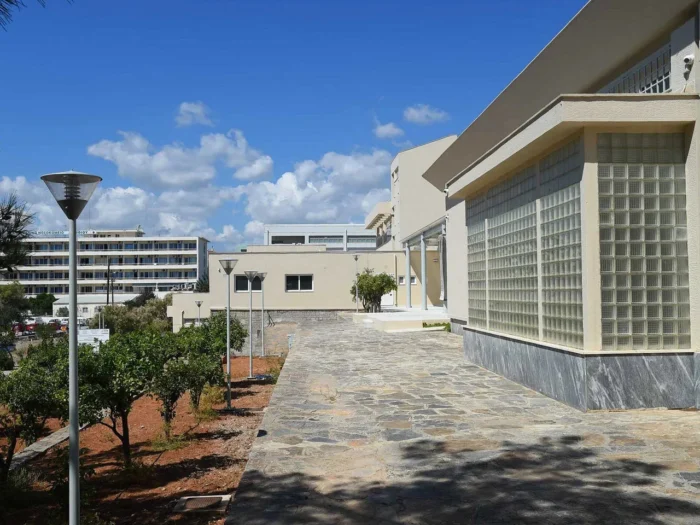History of Sitia, from Ancient Eteia till Today
Eteia – Ancient Sitia
The history of Sitia begins in the Minoan period. Sitia is identified with the Minoan city of Eteia or Etida, the home of Myson, one of the Seven Sages of antiquity.
The city of Eteia, particularly its eastern part – the Petras quarter – was inhabited from the Bronze Age onwards, reaching its peak in the 2nd century BC, when the inhabitants of Praissos moved there following the destruction of their own city by Ierapetra.
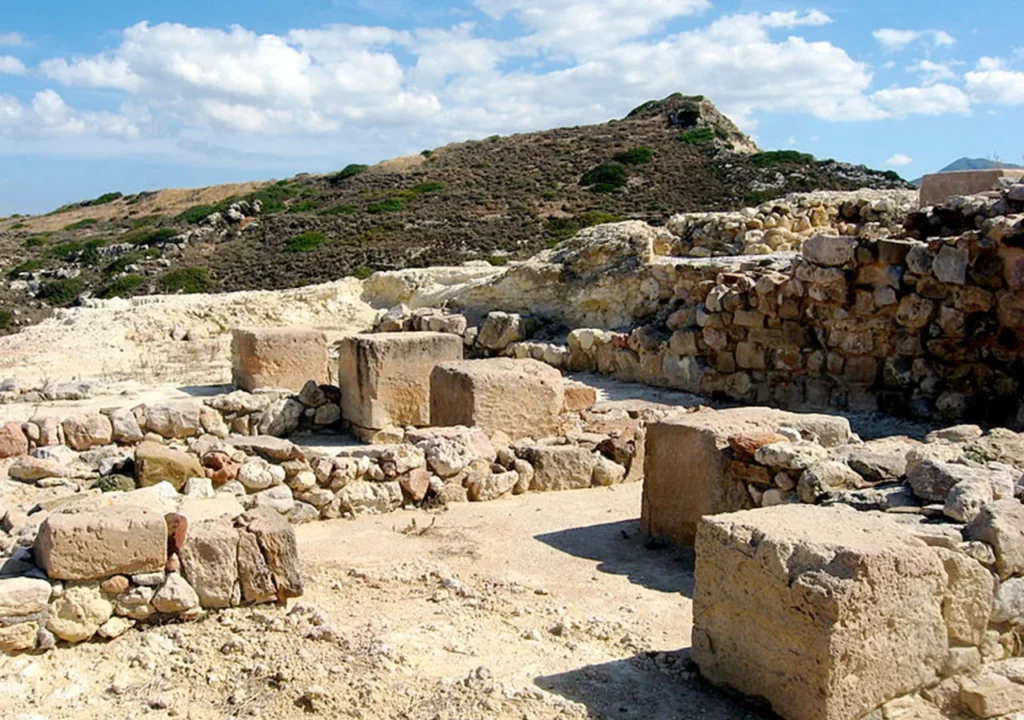
Eteia was originally inhabited by the Eteocretans, the native Minoan Cretans who fled to the east after the Dorian conquest of Crete.
However, the city flourished under the Praissians, due to their commercial and economic relations with other Greek and Mediterranean ports. Ancient Praissos was 13 kilometres south of present-day Sitia and 2 km north of the village Nea Praisos.
Eteia minted its own coins and continued to prosper into the Roman and Byzantine period, when it became a bishop’s seat.
In the First Byzantine period, the city was transferred from the eastern quarter of Petras to the site of the modern town. There is a theory that this happened in the reign of Theodosius the Great, when religious fanaticism led to much hostility in East Crete. However, a religious text refers to the Bishop of Sitia in 731 AD, so any movement or mingling of populations must have occurred before then.
Sitia derived from Eteia
The name Sitia is obviously derived from the ancient city of Eteia (in Greek it is written Iteia). Scholars and linguists who have studied its etymology say that it probably comes from the genitive case of Eteia, “tis Eteias”, or from “eis Eteia” (at Eteia).
An inscription with a Praisian statute mentions the Sitaetans, leading some linguists to conclude that there was a different city named Sitaea which was later changed to Sitia.
In any case, none of the finds from the site of modern Sitia confirm the existence of a fully-organised city on the spot; excavations have, however, brought many finds and public and private buildings to light in the Petras area.
Sitia Archaeological Museum
Major finds from the town of Sitia are on display at the Sitia Archaeological Museum, built in 1984 and the third largest of its kind in Crete.
At Sitia Museum you can see exhibits from the excavations carried out both in Sitia itself and in nearby Zakros (the Minoan Palace of Zakros).
Sitia in the Venetian period
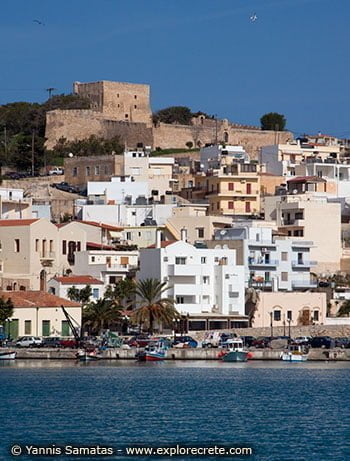
During the Venetian period, Sitia became part of the Regno di Candia (Kingdom of Crete) and was called the “maximum statum et lumen ejiusdem insulae” (the greatest station and light of this island).
The Venetians, as was their custom, built various castles and fortresses in the town, of which only the Kazarma Fortress remains today, crowning the hill of Sitia.
Sitia played an active part in risings against the conquerors. In 1362 the Venetian colonists of the area rebelled and declared Crete the “Independent Republic of St Titus”.
The events that took place in Sitia at that time are recorded by the poet Petrarch:
“In the harbour of Sitia moored Venetian warships and trading vessels sailing to Cyprus and Alexandria, and the sailors landed to obtain fresh water.
The Sitians refused to provide them with any and a fight ensued, which the visitors at first seemed certain of winning.
Eventually the inhabitants of Sitia not only beat them but pursued them and sank several ships of the fleet.”
In 1508 Sitia was almost totally destroyed by an earthquake, and thirty years later it was plundered by pirates. In 1538 Barbarossa attacked the town and destroyed the merchants’ and craftsmen’s quarters.
In 1651 the inhabitants abandoned the town, which had fallen into decline, and moved to the village of Liopetro. The Venetians, seeing that the area was threatened by the Turks, destroyed the Kazarma Fortress to prevent it falling into their hands, leaving only the tower and a few small storerooms. Sitia was not resettled for roughly two centuries, until the mid-19th century.
Avniye, Sitia in the Turkish period
Sitia was rebuilt in 1870 by a progressive Turk, Avni Pasha, after whom the town was named Avniye. The local Greeks, however, continued to call it Sitia, preserving its historic name.
Hussein Avni Pasha decided to buy the area of old Sitia and transfer his provincial capital there. He also designed the town plan and built many public and private buildings. One of the first to be erected was the courthouse, which unfortunately no longer survives.
In the 1881 census, Sitia was recorded as having about 570 inhabitants, rising to 2,100 in 1928.
In 1911 major public works were carried out, with the water supply coming from the springs of Zou. Since then, Sitia has been an important centre of East Crete.
Sitia in the Second World War
In 1941 Sitia was occupied by the Italians, who remained in the town until they were replaced by the German Army of Occupation.
During the Occupation, the people of Sitia organised resistance to the Germans. The monks of the Toplou Monastery took part in this, and the monastery was almost destroyed by the Nazis.
Read more in the History of Toplou Monastery.
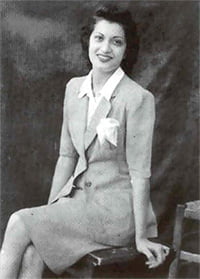
It was not only men who took part in the Resistance; there were also women such as Terpsichore Chryssoulaki-Vlachou from Sitia, seen in the photograph on the right.
Terpsichore was the wireless operator. She was arrested and taken to Agia Prison in Chania, where she was executed at the age of 18.
© explorecrete.com All Rights Reserved. Reproduction or copying without permission is prohibited.

